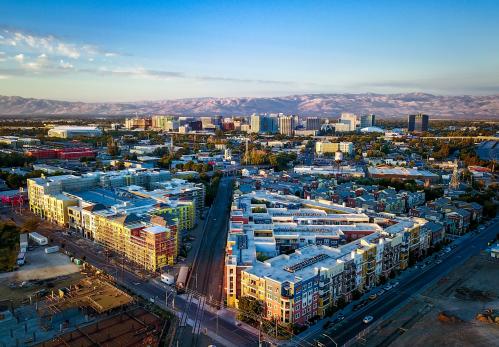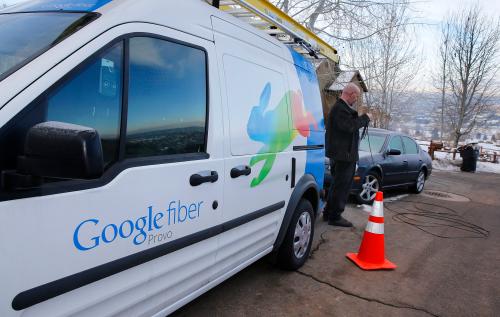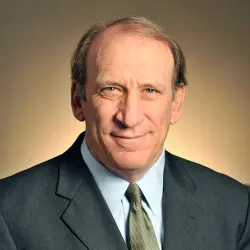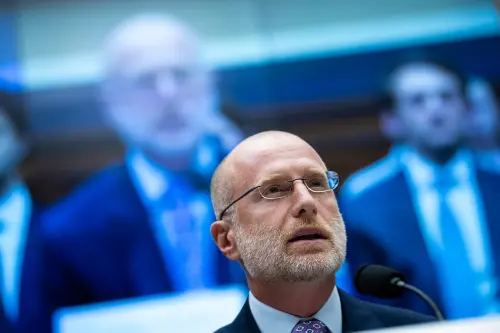There are two schools of thought when it comes to expanding broadband access across the U.S. and ensuring that people can use the internet to its fullest potential. The Federal Communications Commission has proposed a top-down, one-size-fits-all approach that I have criticized for a number of reasons. One major issue is that it prevents cities—who understand their own digital divide issues best—from taking steps to address their needs.
Conversely, there is the more bottom-up, collaborative approach. Last month, New York City announced its new Internet Master Plan, providing a framework for approaching broadband challenges not via federal mandates, but through multi-stakeholder cooperation and prioritized problem-solving.
Even operating at a physical scale unmatched across the United States, New York City’s approach demonstrates how local governments can meet broadband needs regardless of the size of their city. The plan describes expanding broadband access and adoption as critical to the city’s aspirations, so expansion can lead to “three broad transformations: closing the digital divide, catalyzing economic expansion, and improving public service delivery.”
The plan is also forward-looking, noting how universal broadband will help the city deploy advanced Internet of Things applications, deliver municipal services more effectively, and preempt the financial burden of having disconnected households. These aspirations are universal, providing a blueprint for other cities to follow.
With such ambitious goals, though, it’s important to remember historian John Lewis Gaddis’s assessment that effective strategies require “the alignment of potentially unlimited aspirations with necessarily limited capabilities.” The Internet Master Plan recognizes that achieving its aspirations will require the work of many, and charts a path for how New York City can improve the capabilities of all stakeholders by operating within the city’s resources and budget.
First, the plan understands that the first job of any city is to be the source of reliable information for stakeholders. The document honors that need by providing detailed data on all the critical areas of access, adoption, and utilization. It does so with more traditional maps of broadband penetration, but also critical performance measurements such as a neighborhood-by-neighborhood breakdown of utility pole congestion and locations of cellular antennas on rooftops and poles. Last year, the FCC’s failure to correctly map broadband networks before committing billions of dollars for improved deployments showed just how costly inaccurate information can be.
Third, while the plan is comprehensive, it also clearly identifies and prioritizes the problems it seeks to solve. It understands that it cannot solve every problem everywhere, and first addresses disparities of service and gaps in infrastructure, using detailed mapping to pinpoint where those problems are most acute. The plan targets municipal capital resources narrowly to where it is needed, not broadly to places where the need is less.
[New York City’s plan] clearly identifies and prioritizes the problems it seeks to solve. It understands that it cannot solve every problem everywhere, and first addresses disparities of service and gaps in infrastructure, using detailed mapping to pinpoint where those problems are most acute.
This commitment to prioritize investments in new shared infrastructure is evident throughout the plan. The city will use the USB process noted above to determine the private sector’s varying interest in different neighborhoods, and subsequently, how best to work with the them to “maximize utility and speed deployment while lowering the cumulative administrative burden on the City.” Building on that understanding, the plan makes an appropriate distinction between areas with multiple operators deploying networks and where new investments are necessary. In the first such areas, officials will determine “how to employ scarce City assets most effectively.” In the second, they will consider new investments—for instance, by creating “Neighborhood Fiber Collocation Facilities.”
In its quest for solutions and partnerships, the Internet Master Plan is a sharp contrast to the FCC’s approach, which started with the idea that the primary tool for deploying next generation networks was deregulation, and that cities themselves were the major cause of most delays. Indeed, responding to a complaint that the committee the FCC appointed to advise on network deployments was composed almost entirely of industry representatives, a key FCC official said, “[W]e didn’t want to choose someone from, say, a municipality that needs a blueprint, because they’re not going to be the ones to help design that blueprint.”
As the New York plan makes clear, cities are a principal player in both planning and executing on a blueprint, gathering the necessary information, deploying new networks, covering existing gaps, and addressing the challenge of ensuring next generation broadband networks are available and affordable for all. New York City’s plan is a path that all cities, regardless of their unique characteristics, can learn from.
The Brookings Institution is committed to quality, independence, and impact.
We are supported by a diverse array of funders. In line with our values and policies, each Brookings publication represents the sole views of its author(s).






Commentary
New York City and the FCC have two very different plans for expanding broadband access
February 10, 2020